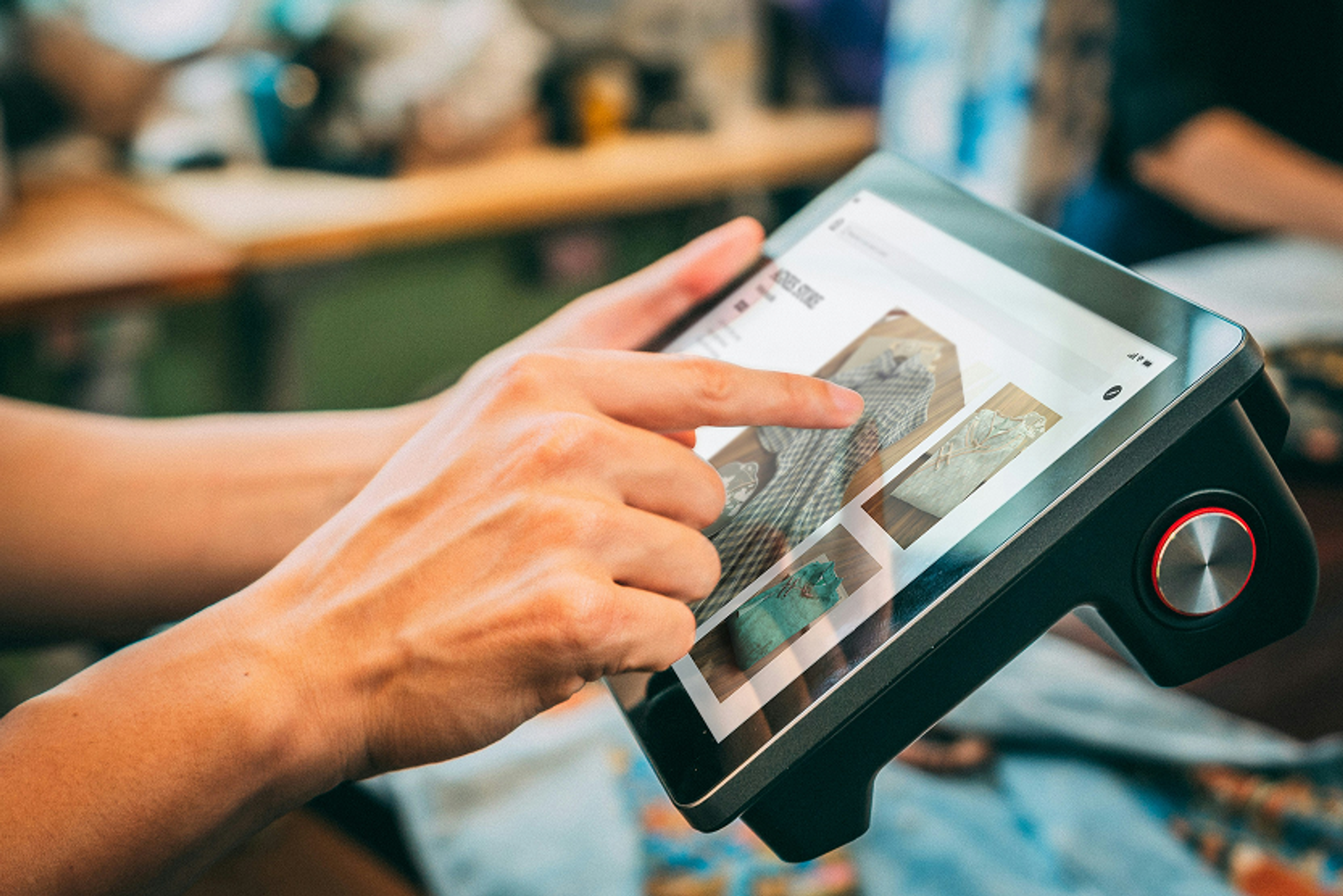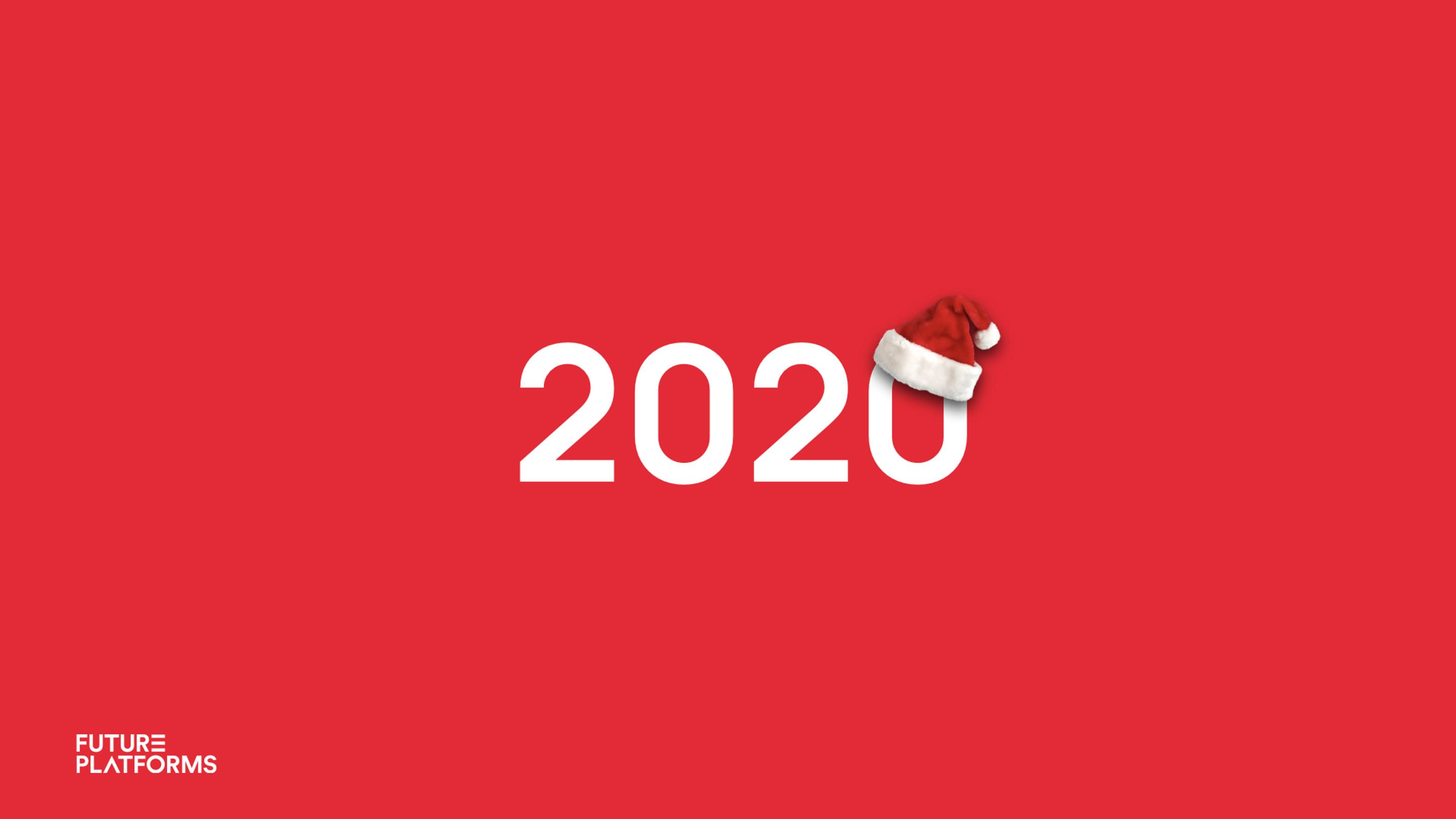Defining User Experience

User Experience (UX) is notoriously hard to pin down - especially as AI, automation, and multimodal interfaces reshape how products are discovered, used, and even used on our behalf by autonomous agents.
Still, we need a practical, defensible definition that connects design choices to business value. Let’s take a look.
A working definition (that stands up in 2026)
A robust definition is provided by the National Institute of Standards and Technology:.
UX is the person’s perceptions and responses arising from the use - or anticipated use - of a product, system, or service.
Usability sits inside that: the extent to which specified users achieve specified goals with effectiveness, efficiency, and satisfaction in a specified context of use. In other words: value emerges when real people can reliably do what matters, quickly, and with confidence.
How does that look in a world with emerging platforms?
What UX is (and isn’t) in an agentic era
UX is not just the screen. It includes service design, content, data, performance, operations, and - more and more - machine-facing surfaces (APIs, schemas, permissions) that autonomous agents use to act on a user’s behalf.
That makes accessibility a non-negotiable foundation, not a bolt-on: if people with diverse abilities can’t perceive, understand, navigate, and contribute, the experience is broken - no matter how elegant the UI.
What changes in an agentic era is the definition of “usable”. If an agent can’t reliably discover your capabilities, interpret your data contracts, or complete workflows without brittle workarounds, your brand becomes invisible to the very users you’re trying to help.
Treat APIs and events as interface elements: clear naming, stable versioning, predictable error semantics, idempotent actions, and sensible rate limits are felt just as keenly as a fast page load.
Equally, operational quality becomes part of UX: latency budgets, uptime, and deterministic behaviour shape whether both people and their agents can trust your service to deliver outcomes.
Trust and control also move upstream. Agentic experiences need bounded autonomy - well-scoped permissions, human review at high-risk moments, audit trails, and reversible actions - so users understand what was done, why, and on whose authority. And alongside WCAG for people, embrace “machine accessibility”: semantic structure, consistent identifiers, and rich metadata that let assistive tech and agents parse, explain, and act with confidence.
How to measure UX without losing the plot
If you can’t measure it, you can’t improve it - but metrics must be human-centred. Google’s HEART framework (Happiness, Engagement, Adoption, Retention, Task success) remains a pragmatic way to map product goals to user-centred metrics and tie improvements to commercial outcomes.
Blend HEART with usability benchmarks (task completion, time on task, error rate) to make performance and satisfaction visible to the business.
The practical scope senior leaders should own
Think about UX across four interlocking layers:
Related article: 10 Key Trends In User Experience For 2026
Quick answers to common questions
Is UX the same as UI?
No. UI is part of UX. UX spans the service, content, operations, and data layers - including accessibility and performance - because users experience all of it.
Where does accessibility fit?
At the foundation. Accessibility ensures people with auditory, cognitive, neurological, physical, speech, and visual disabilities can use your product - often improving usability for everyone.
How do we show ROI?
Track HEART-style outcome metrics (adoption, retention, task success), tie them to business KPIs (conversion, cost-to-serve, churn), and evidence causality with controlled tests.
If you want a partner that treats UX as an outcomes discipline - spanning research, service design, interface, and the machine-facing layer - explore our digital product expertise at Future Platforms.
Insights

Designing Digital AI Products Ethically

Best of 2020: Reflecting on a Year of Change

How to Create a Leisure & Lifestyle Loyalty Programme

The Top Product Design Trends for 2024

How COVID-19 has Accelerated Digital Transformation in the Restaurant Industry

